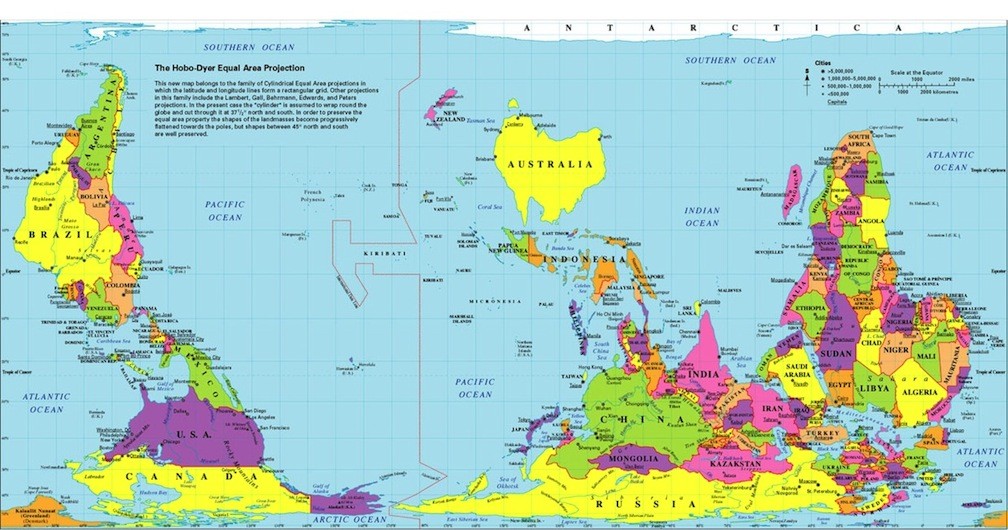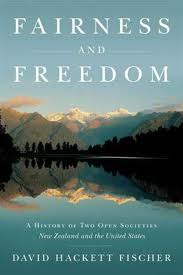Over a year ago I completed a 5000-word draft offering an answer to this question. A few months later, after recurrent visits to VDare, American Renaissance, The Occidental Observer, and Counter-Currents my answer seemed naïve, adolescent; one more paper carved out under the “tyranny of liberalism” and the belief that the Western world was different from the Rest in its cultivation of universal values and transcendence of ethnic identities. I no longer accepted the claim that humans around the world could become Western through proper guidance in the merits of civic equality, free markets, and tolerance.
I had been inching my way in this direction for some years, but never to the point of allowing the word ‘race’ to enter into my writings. In the draft I emphasized the ancient and medieval pre-liberal social context upon which the historic success of liberalism was predicated, but the convergence of my view with liberalism was obvious: the triumph of universalism was the high point of the West. I thought that identifying the location of the West was a matter of tracing the historical evolution of this ideology, beginning with the rise of citizenship and rational discourse in ancient Greek times, through the Roman invention of the legal persona, the Catholic fusion of reason and faith, the discovery of the individual in Renaissance times, the Newtonian Revolution, the Enlightenment, and so on, until the Allied victory in 1945 or even the fall of the Berlin Wall in 1989.
What concerned me above all (in the draft) was challenging the leftist liberal idea that the historic West was a social construct without definite geographical and cultural boundaries. I rejected the view that all cultural expressions were equally valid and that a proper liberal attitude required an egalitarian view of world history. I was reacting to an academic environment in which the teaching of Western civilization had been replaced by a new curriculum emphasizing “the unity in diversity” of the world’s peoples. Only a handful of universities were still teaching the history of Western civilization. Everyone was captivated by the postmodernist claim that “no concept is by itself, and consequently in and of itself”: ergo the West must be conceived only in relation to the rest of the world. Ancient Greece was an outgrowth of the Near East, or, as Martin Bernal put it, “Afroasiatic”. Greek civilization was not founded by Aryan settlers but was instead the product of Egyptian and Semitic influences.
Even the landmass of “Europe” was found suspect. How can a small straggling peninsula on the western end of a much larger and richer Asian landmass be called a “continent”? The “the racist privileging of Europe” (on Mercator-derived maps) should not be allowed; accordingly, the Peters projection was promoted, where Europe was “considerably downgraded.” The TV serial drama, The West Wing, created by Aaron Sorkin, endorsed this new projection as a great way to raise the status of the Third World against Western privilege. A variety of other projections were soon announced; the one world historians were most enthused over was the “Hobo-Dyer Equal Area Projection Map,” in which the world was turned upside down with Europe occupying a marginalized corner in the south east. No one cared to mention that Europeans were the ones who discovered and mapped the entire geography of the earth.

The Hobo-Dyer Projection
Facing this challenge, I thought it was important to identify the West as the birthplace of liberal universalism. The key was to delineate geographically the expansion of Western liberal values and institutions. I concluded that Western Europe, the United States, Canada, Australia, and New Zealand were currently the most deeply Western; whereas Eastern (Catholic) European countries were closely Western but not entirely due to their lack of well-developed democratic institutions. Latin America was unevenly progressing in a Western direction but was not yet quite ready to be allowed in the universal club. So were the Orthodox countries, Russia and the Balkans. Read more






